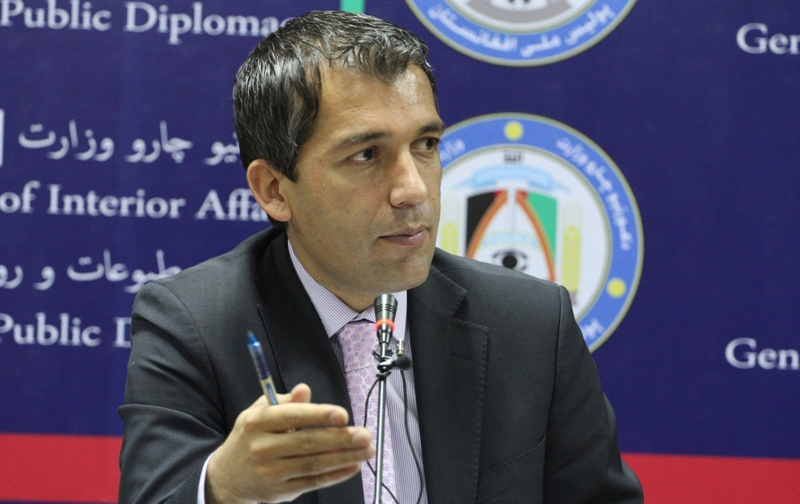Latest News
MoI: Kundoz collapse exposes govt’s weakness

The Ministry of Interior says that the fall of Kundoz by the armed Taliban does not show the strength of Afghan government but indicates the weakness of the government.
Under cover of darkness, groups of Taliban fighters carrying rocket-propelled grenades and automatic weapons sneaked through fields and villages towards the northern Afghan city of Kunduz from four directions last Monday.
Spokesman of the interior ministry accepts the increase of security forces causalities compared to the last year but announces the 15 % increase in activities and movements of police than the past solar year.
“Unfortunately, the collapse of Kundoz by the armed Taliban shows our weakness. We had serious problems that led Taliban to attack Kundoz but we should experience from this incident,” Sidiq Sidiqi, spokesman of MoI said.
Some Afghan officials also believe that lack of readiness for urban warfare was why Kunduz fell so quickly once insurgents were inside the city limits.
The fighting between the Afghan security forces and the Taliban group is on and off in small scale but the siege has reportedly ended.
What surprised most people was the fact that the Taliban had achieved the strategic victory in the relatively peaceful northern parts of the country.
On Monday morning, Kunduz had about 2,000 national police and 3,000 soldiers protecting the city, backed by about 1,000 militiamen linked to local power brokers.
Meanwhile, Sidiqi noted that the casualities of civilians shows 2.9 percent increase compared to the past year.
At the other side, terrorist movements raised by 34.4 percent which are new threats for Afghan security forces.
Statistics recorded in the Afghanistan interior ministry indicates that 9538 criminal cases and 6497 terrorist cases have been occurred in the first six months of the current solar year.
This comes as the fall of a provincial capital, even if short-lived, is a significant psychological blow to the national unity government.

